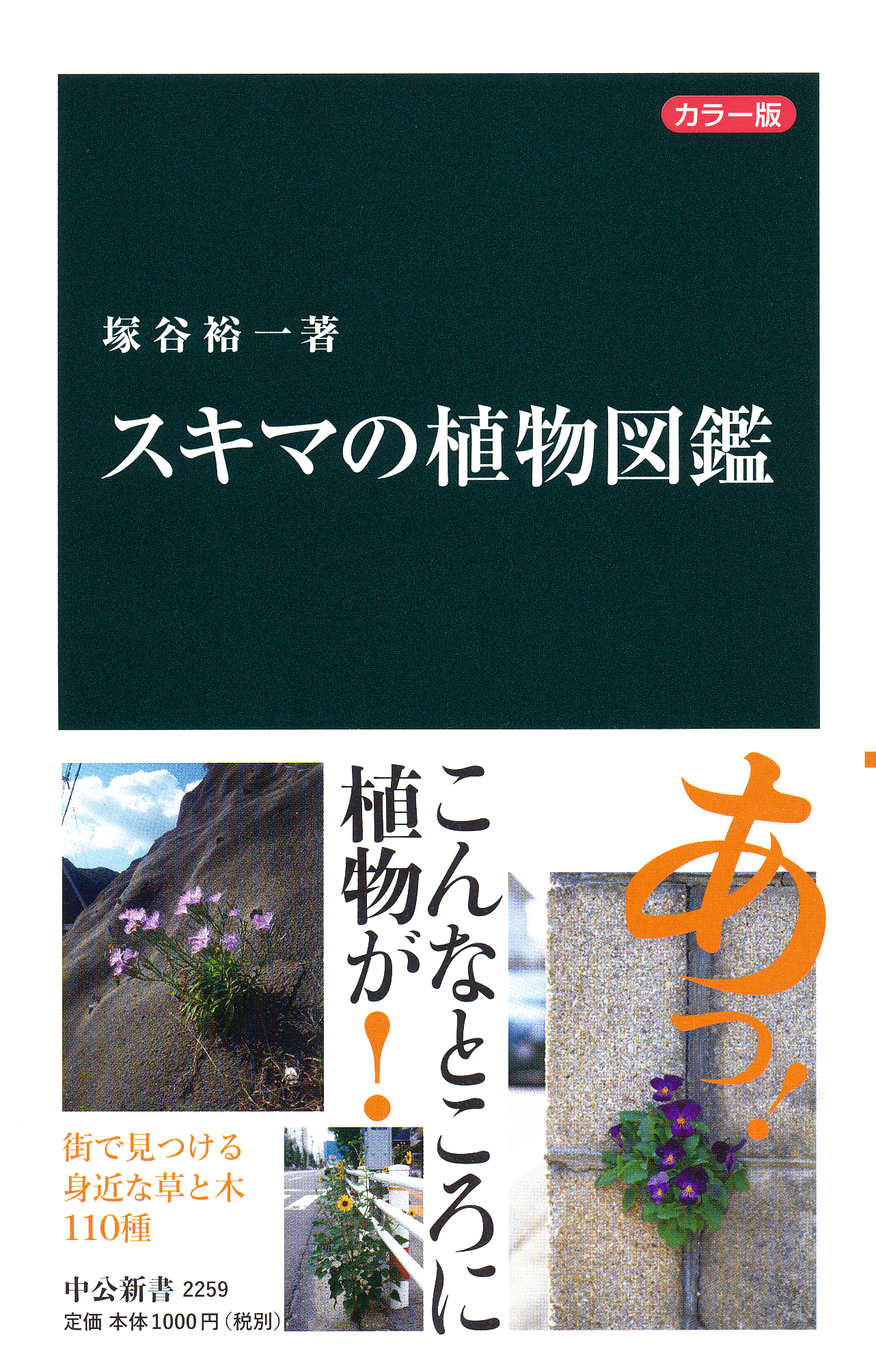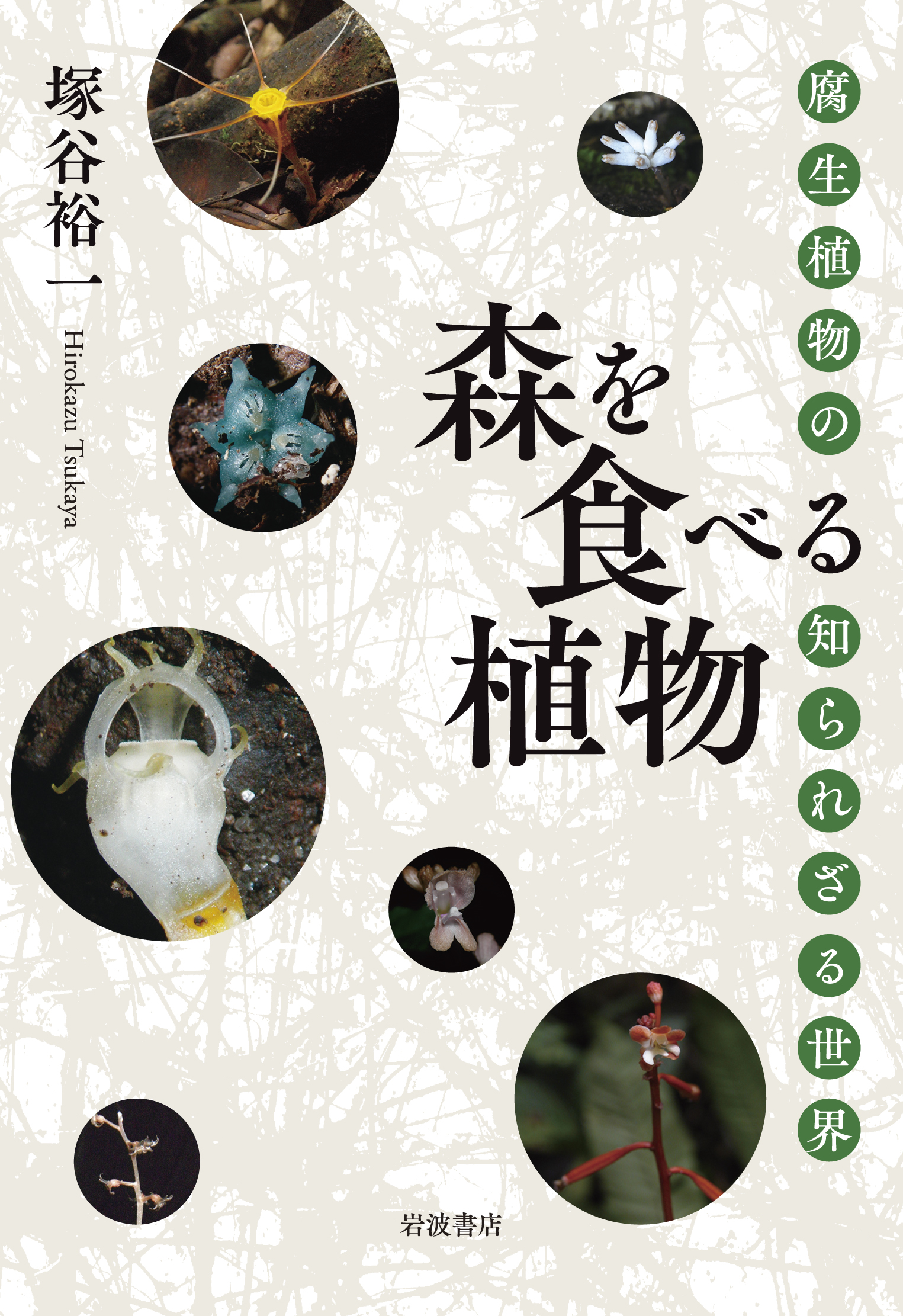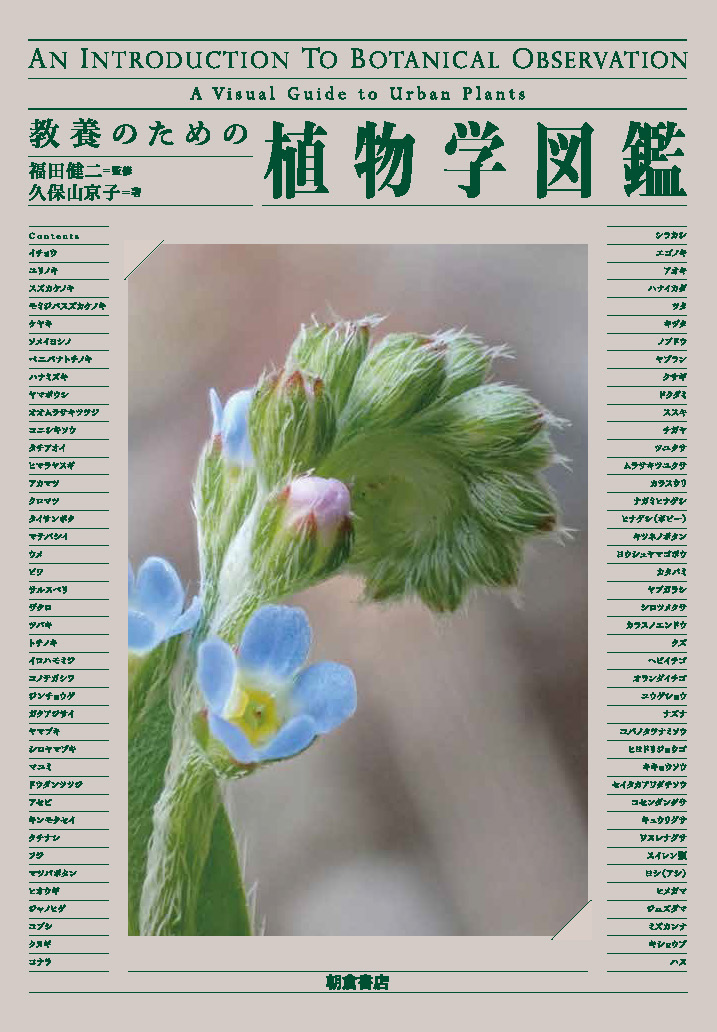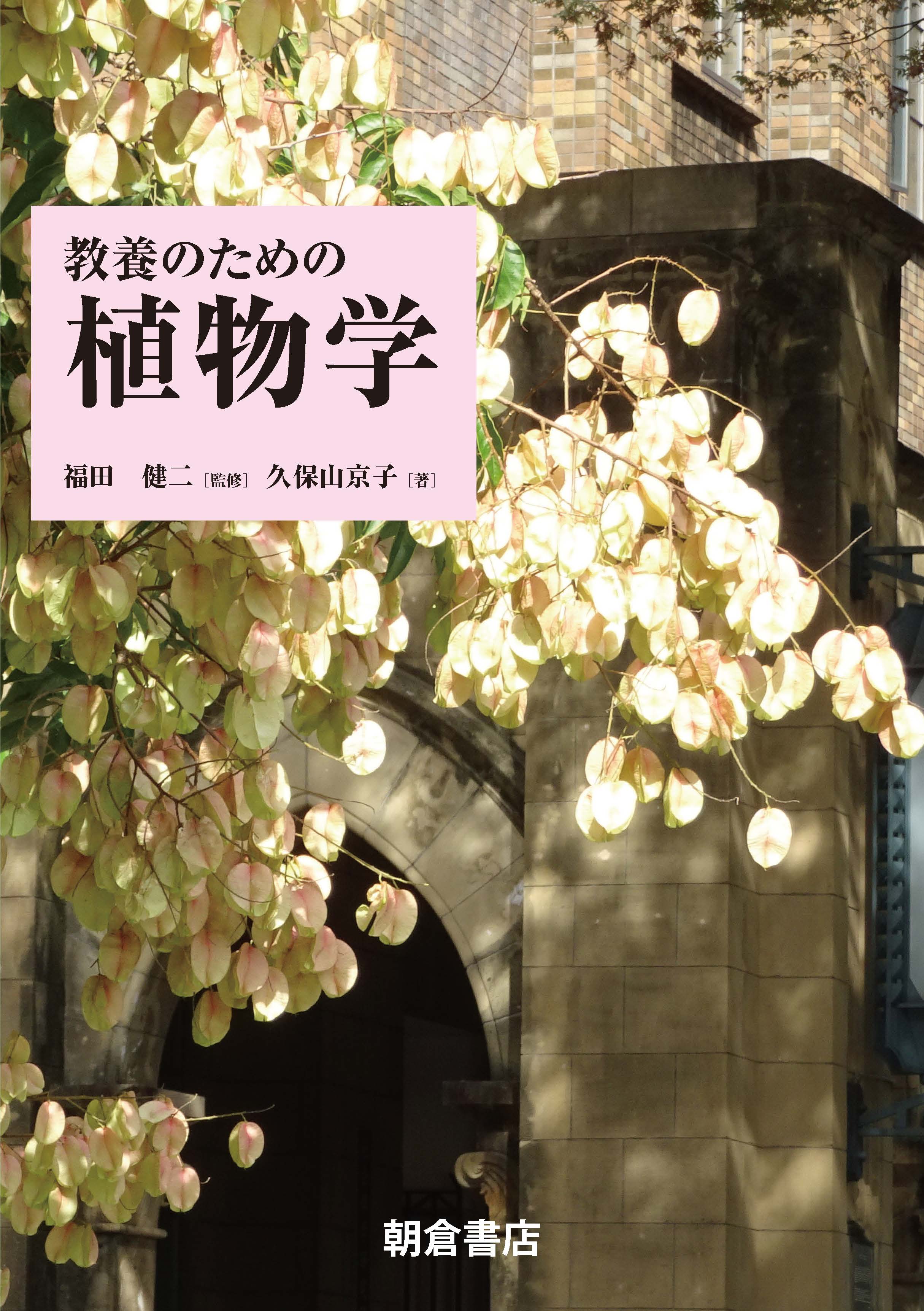
Title
Sukima no shokubutsu zukan (An Encyclopedia of the Flora of Urban Cracks and Fissures)
Size
192 pages, pocket edition, full color
Language
Japanese
Released
March 25, 2014
ISBN
978-4-12-102259-2
Published by
CHUOKORON-SHINSHA
Book Info
See Book Availability at Library
Japanese Page
The most familiar greenery in an urban setting is to be found in tiny cracks and fissures, the cracks in concrete, the fissures in asphalt, the gaps in concrete block walls, the minute bit of earth at the base of a telephone pole. In this book, we have named such urban greenery the “flora of urban cracks and fissures.”
Once, a giant white radish that managed to grow in just such a narrow bit of earth became famous throughout Japan as the “radish with guts.” As this nickname illustrates, plants that grow in unexpected cracks, fissures and gaps in the urban landscape are often lauded as symbols of hard work and perseverance in the face of adverse conditions. Actually, however, such plant life is more abundant and commonplace than we realize, and can be found just about everywhere, on our routes commuting to school and work, and right at our feet when we walk the dog.
This urban plant life is sturdy and diverse, ranging from the common grasses covering empty lots to native wildflowers, naturalized plants from overseas, and even escapees of the latest horticultural cultivars. While many have tiny seeds that easily embed themselves in the tiny cracks and fissures available, occasionally even large seeds manage to squeeze themselves in enough earth to draw the nutrients they need to grow. Some urban plants take advantage of busy ants to have their seeds carried to particularly attractive spots.
For much of the flora of urban cracks and fissures, the urban landscape is not a barren wasteland but rather a rich garden of Eden in which they can grow and flourish. Plants acquire the nutrients they need through their roots and photosynthesis. In wide, open fields, diverse plants grow shoulder to shoulder, vying with each other to capture precious rays of sunlight. Competition is intense with some plants growing spindly stems to soar above their neighbors, others twisting and turning to get out of the shadows into the sunlight. We admire the tall grasses swaying in open fields, oblivious to their fierce struggle to reach up and away from their annoying neighbors. In contrast, the narrow havens of urban cracks and fissures are free of who might shut out precious sunlight or sap the nutrients in the ground. The plants that make their way to these spots are free to grow as they please in a stress-free environment. The concrete or asphalt surrounding their tiny patch of growth prevents the ground from drying and when it rains, the rainwater flows to the plant. Life could not be easier for the lucky plants that are able to monopolize this environment. These are the reasons why so many different kinds of plants can be found in urban cracks and fissures.
This book explains this background and introduces with color photographs about a hundred species of plants that are to be frequently seen in the cracks and fissures of Japan’s urban flatlands. Books on plants are numerous in Japan, but most fall into different categories for wild plants, naturalized plants, and horticulture plants. This book is the first to focus on the common plants that proliferate in Japan’s cities. Readers have welcomed this book’s departure from the conventional genres. “I finally know the names of the flowers I see on my daily walks,” they say. Hopefully, this book will help people see how different the lives of familiar urban flora are from our own.
(Written by TSUKAYA Hirokazu, Professor, Graduate School of Science / 2021)



 Find a book
Find a book




